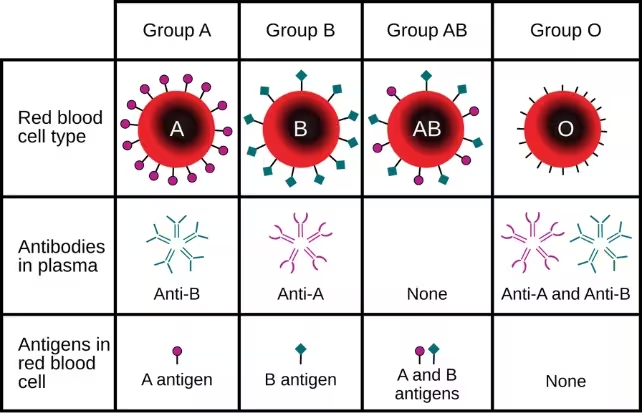4 Minutes
Unraveling a Fifty-Year Blood Mystery
In a remarkable advancement for hematology and transfusion medicine, scientists from the United Kingdom and Israel have uncovered a new human blood group system, termed MAL, bringing closure to a scientific mystery that began over fifty years ago. The discovery, published in 2024, sheds light on a unique blood antigen absence observed for the first time in a pregnant patient in 1972. This breakthrough not only deepens our understanding of blood diversity but also enhances patient care for those with rare blood profiles.
Scientific Background: Beyond the ABO and Rh Systems
While most people are familiar with the well-known ABO blood types and the Rhesus (Rh) factor, the genetic landscape of human blood is shaped by more than 40 recognized blood group systems. These systems are defined by a vast array of proteins and sugars—referred to as antigens—that coat the surface of red blood cells. Serving as crucial identification markers, blood group antigens help the immune system distinguish between self and potential threats. When incompatible blood is transfused, the immune response can be dangerous, highlighting the importance of robust blood typing in medicine.
The discovery of new blood groups, such as the Er system in 2022 and now MAL, reveals that our genetic understanding of blood is continually evolving, with most newly identified systems affecting only a small percentage of the global population.
The MAL Blood Group: Discovery and Diagnostic Journey
In the early 1970s, physicians encountered an extraordinary case: a pregnant woman's blood sample lacked a surface molecule present in virtually all other tested individuals. Intensive research spanning half a century eventually revealed that over 99.9% of the global population possesses an antigen known as AnWj, which is carried on a protein encoded by the MAL gene. The patient's blood, notably missing this marker, led scientists to investigate further.
Dr. Louise Tilley, a hematologist with the UK National Health Service and a leading figure on the study, highlighted the challenges presented by the rarity of MAL-negative individuals: "This represents a huge achievement and the culmination of a long team effort to identify this new blood group system and better serve patients with rare blood types."

Uncovering the Genetic Basis
Advanced genetic analysis determined that individuals with two mutated copies of the MAL gene lack the AnWj antigen, resulting in the MAL-negative blood type. However, researchers also identified three individuals with suppressed AnWj antigens who did not possess the MAL genetic mutation, suggesting that certain blood disorders might also suppress the antigen’s expression. Cell biologist Dr. Tim Satchwell, from the University of the West of England, explained: "MAL is a very small protein with intriguing characteristics. Its elusive nature necessitated multiple investigative approaches to finally confirm its role as a new blood group marker."
Implications for Healthcare and Future Research
To unequivocally confirm their findings, researchers inserted the normal MAL gene into AnWj-negative blood cells, which successfully restored the antigen’s presence. This genetic confirmation provides healthcare professionals and transfusion specialists with a vital tool to test patients for MAL group status. Early research also revealed that the AnWj antigen is not present in newborns but develops shortly after birth, adding another dimension to our understanding of blood development and immune system maturation.
Notably, all observed AnWj-negative patients in this study carried the same MAL gene mutation, with no additional linked health complications discovered. However, as knowledge of such rare blood group systems grows, clinicians will be better equipped to determine whether a negative MAL status is inherited or the result of another medical condition—crucial information for safe blood transfusion, stem cell therapy, and rare disease management.

Conclusion
The identification of the MAL blood group after more than five decades of investigation marks a significant leap for hematology, transfusion medicine, and genetic research. As global migration and diverse populations continue to shape the landscape of medical care, recognizing and understanding rare blood group systems like MAL are essential for improving transfusion safety and individualizing patient treatment. This discovery also underscores the ongoing need for scientific vigilance in uncovering the complexities of human biology, with the ultimate goal of saving more lives and ensuring better outcomes for all patients.
Source: ashpublications



Comments